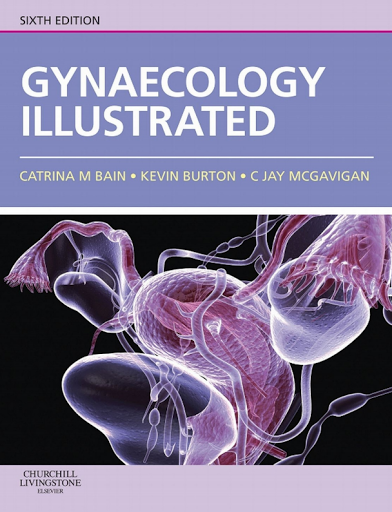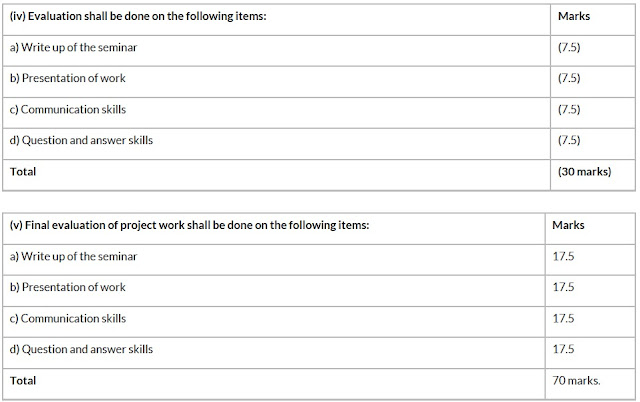Obesity in the Asia-Pacific Region

With much of the focus resting on under-nutrition and micronutrients defi ciency, it is easy to dismiss obesity as nothing but a disease peculiar to affl uent nations. However, experts warned that obesity is reaching an epidemic proportion, and should thus be treated as a valid health concern.
Consider these statistics: in 2005, 1.6 billion adults over the age of 15 are overweight and at least 400 million of this number is obese. By 2015, the World Health Organization calculates the number of overweight adults to increase to 2.3 billion, with 700 million of them clinically obese. Each year at least 2.6 million people die from health complications resulting from all the excessive weight.
A rising health concern
Before its current alarming rate, excessive weight gain is a problem apparent only in high-income countries. Eventually, developing countries partake in the global shift in diet towards an increased intake of energy-dense foods that are high in fat and sugars but low in vitamins, minerals and other micronutrients. This is coupled with decreased physical activity due to increasing urbanization, wherein once rural communities enjoy the comforts of modern technology in their work and transportation.
In the Asia-Pacifi c region, people shifted from traditional food staples toward Westernized, high-fat food. Local consumption of vegetables, fruits and root crops decreased while that of mutton fl aps, turkey tails, vegetable oils and fried foods rose, as well as high intakes of alcohol, soft drinks and confectionery. Dietary surveys imply that in some islands over half of all food energy comes from fat. Not surprisingly, imported foods comprise between 30 and 90 percent of all foodstuffs eaten in the Pacific.
With the Pacifi c Islanders’ unhealthy diet comes a decline in their physical activities. Manual farming and fi shing laborers plummeted in number while reliance on motors for travel grew. Urban crowding, unemployment and family breakdown increased violence and crime, discouraging activity in certain areas or at particular times because of safety hazards.
For these reasons, some of the highest levels of adult obesity in the world are found in the Pacifi c Islands, higher than those found in the USA. Obesity rates range from around two percent of the adult population in highland Papua New Guinea to nearly 80 percent in Nauru. In most communities the rate of obesity is above 20 percent, exceeding the level in more developed countries such as Australia.
There are conflicting views regarding obesity as an imminent health problem. In a culture where being “big” is seen as a symbol of health, well-being, status and beauty, excessive fat is not associated with diseases or even death. In the past, being overweight may have saved people during phases of starvation and infectious diseases. Today, it merely contributes to the most common illnesses of diabetes and heart disease.
Health complications
Coronary heart disease and stroke are the main causes of early adult death in the region, both being possible health complications of obesity. In comparison, the rates of type 2 diabetes in many Pacifi c communities are higher than those in European countries. Other health risks that may result from obesity include musculoskeletal disorders, some cancers (endometrial, breast, and colon), hypertension, dyslipidaemia, ischaemic stroke, sleep apnoea, degenerative joint disease (such as arthritis), gallstones and problems in fertility.
More than being a sickness of the “elite”, extreme largeness is no longer confi ned to just a few people. A World Bank analysis reports that management of noncommunicable diseases such as diabetes, heart disease and hypertension accounts for around half of all health care expenses in certain Pacifi c countries. When the workforce becomes ill due to obesity-related injury and illness, fi nancial burdens imposes itself on the community.
Double jeopardy
Obesity often coexists with undernutrition in the Pacific. Globally, at least 20 million children under the age of 5 years are overweight. Within the Pacific region, 2 to 23 percent of children under 5 years old may have mild to moderate undernutrition while 2 to 30 percent of children could be considered overweight or obese. Insufficient pre-natal, infant and young child nutrition followed by exposure to high-fat, energy-dense, micronutrient poor foods and lack of physical activity connects the line from undernutrition to obesity—both visible effects of malnutrition. As a result of inadequate nutrition in pregnancy and childhood, the development of severe forms of non-communicable disease may appear early in adulthood. Low- and middle-income countries are the ones severely affected by these conditions, dealing with the problems of infectious disease and undernutrition while simultaneously experiencing chronic disease risk factors such as obesity and overweight. And like an evil paradox, it is not rare to fi nd undernutrition and obesity existing side-by-side within the same country, community or even within the same household.
Obviously, there is a need to strike a balance between energy expenditure and healthy weight. Programs such as the WHO Global Strategy on Diet, Physical Activity and Health aim to deliver these changes. Adopted by the World Health Assembly in 2004, it describes the actions needed to support the adoption of nutritional diets and regular physical activity. These include limiting energy intake from total fats and shifting fat consumption away from saturated fats to unsaturated fats while increasing consumption of fruit and vegetables, as well as legumes, whole grains and nuts. Increasing physical activity is also vital, even more if weight control is necessary.
More importantly, creating awareness in the public mind is essential. These can be executed thru programs that address the social, economic and environmental influences that promote appropriate lifestyle changes and healthy behavior. Improved health care services, disease monitoring and surveillance can also achieve positive results in combating the spread of obesity among Pacific Islanders.












